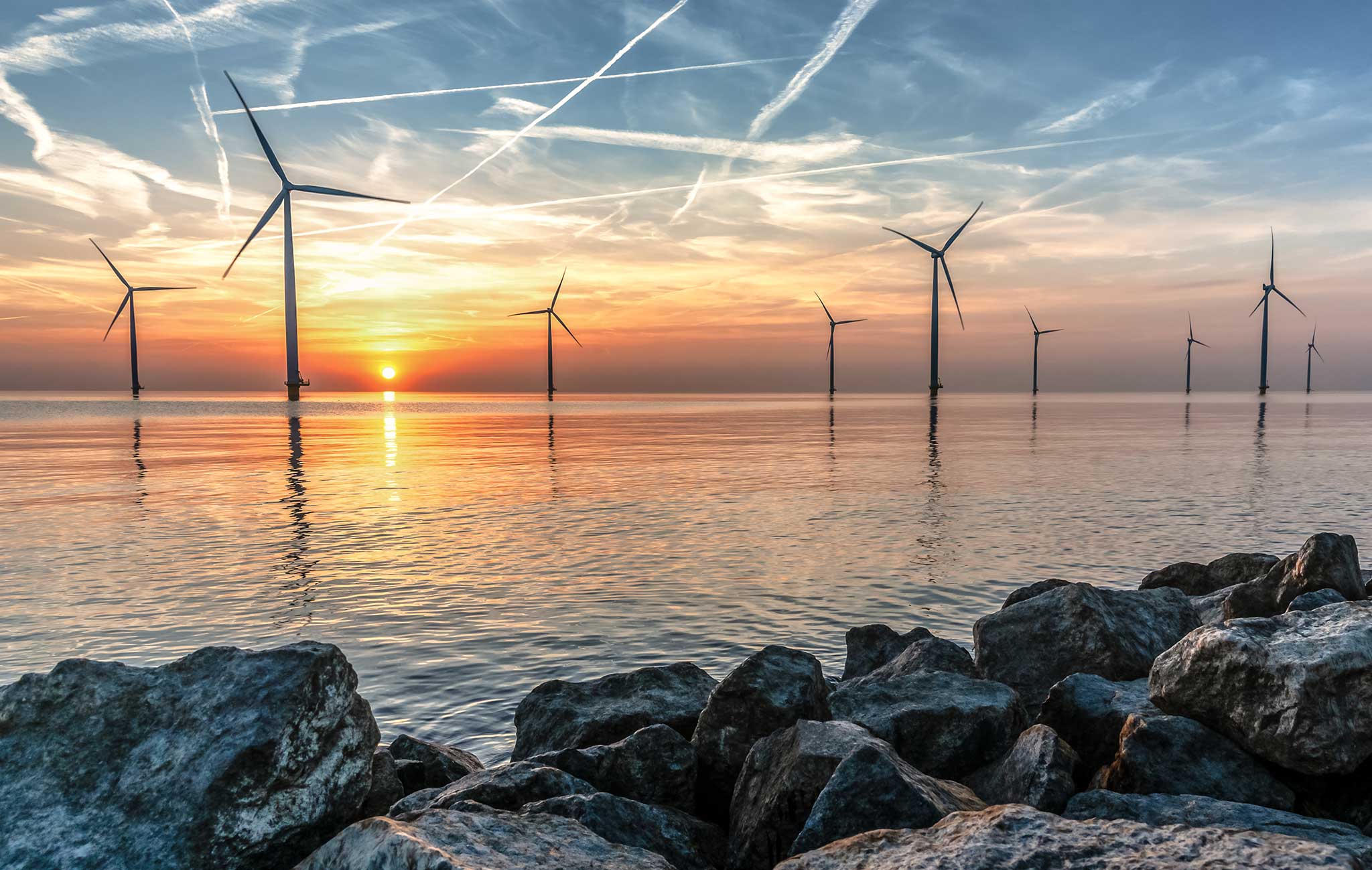The World Scientists’ Warning of a Climate Emergency 2022 report, published last week, paints a drastic picture of our current climate. Of 35 “vital signs” (see figure 1) used to measure the Earth’s progress towards climate disaster, 16 are at record extremes. The impacts of climate change are only growing more disastrous, and scientists are urging governments to take action to prevent the worst from becoming a reality.
The 35 graphs are powerful depictions of the many factors that play into climate collapse, as well as the worsening impacts of global warming. Factors such as tree cover loss, energy consumption, per capita meat consumption, human population, and carbon dioxide emissions show steep changes in the last 30 years since scientists first called governments to action.
The letter reports that should these variables go unchecked, global temperatures will rise by 3 degrees Celsius by 2100, warming that the planet has not seen in three million years and humanity has never endured.
The letter is one in a series of warnings from climate scientists, with the World Scientists’ Warning to Humanity published in 1992 accruing more than 1700 signatures. Similarly, warnings from the Intergovernmental Panel on Climate Change in 2021 and other peak scientific bodies have generated substantial media focus and climate doom-ism. Nonetheless, governments remain reluctant to implement adequate climate policy quickly enough.
We have already seen the increasingly frequent natural disasters in our own backyard, as well as internationally as floods wreaked havoc in Pakistan and fires ravaged Europe this summer. Famines are approaching as droughts spread across the Horn of Africa. As the Global North overconsumes energy and other non-renewable resources, the Global South is exploited, and left to deal with the fallout of increasingly harsh natural disasters.
While the report cites a global increase in divestment from fossil fuel companies, it notes that an astronomical sum remains in the back pocket of fossil fuel industries: direct fossil fuel subsidies increased to $440 billion. Similarly, while energy consumption decreased as a result of COVID-19 lockdowns and subsequent restricted global travel in 2020, it was short lived and still fell short of what is needed.
Dr Thomas Newsome, a senior lecturer in USyd’s School of Life and Environmental Sciences, was one of a group of scientists from across the globe who collaborated on the report, and his comments in a USyd media release are grim: “We are now in the midst of a major climate crisis, with far worse to come if we keep doing things the way we’ve been doing them”.
The letter promises collapse should we continue as normal. Luckily, things have changed in the public perception of climate change in the past 30 years. In the 60s, our parents faced the threat of nuclear annihilation and ozone depletion, and it was scientists who talked governments away from the ledge of mutually assured destruction. When communicated clearly with the public, scientists have the power to inspire real change.
When bombarded with stories of climate collapse in what feels like every other week, this report may seem like a drop in the ocean of climate anxiety experienced by young people. It is essential that young people engage in climate science as a mechanism to instill hope and mobilise to collectively demand better from our governments.
The Australian Youth Climate Coalition has been consistently placing pressure on the federal government in the lead up to the budget, and has criticized the Labor government for a lack of divestment from new fossil fuel projects. USyd’s own Enviro collective has built campaigns around protesting the Australian Labor Party, attending student-organised protests and more. Young people are painfully aware of what the future will look like without climate action, and are pushing for more from their governments. Let’s make sure they listen.





